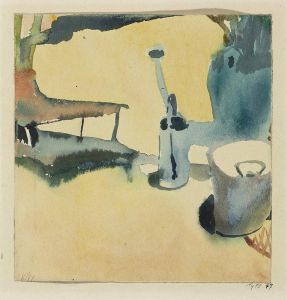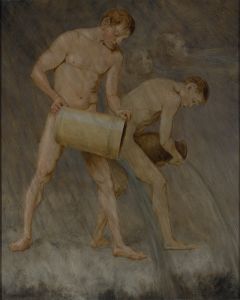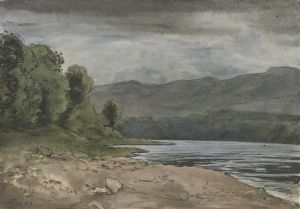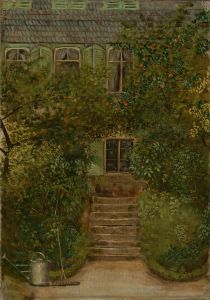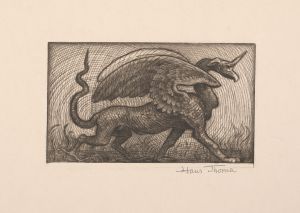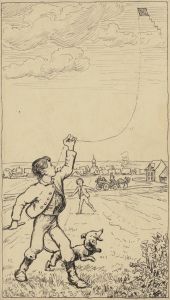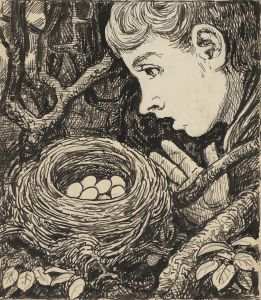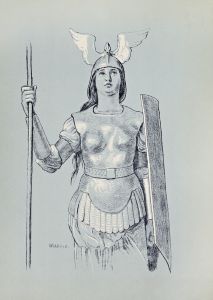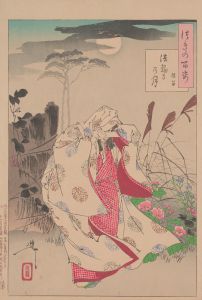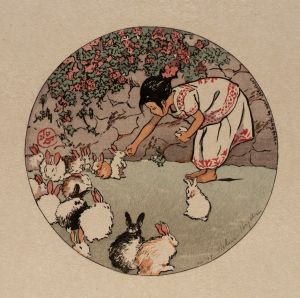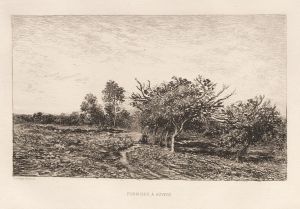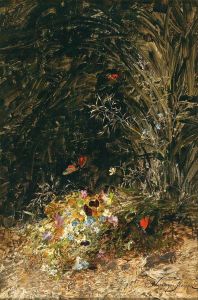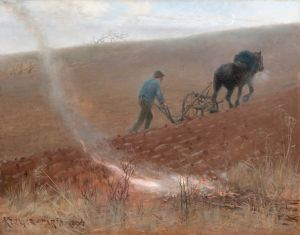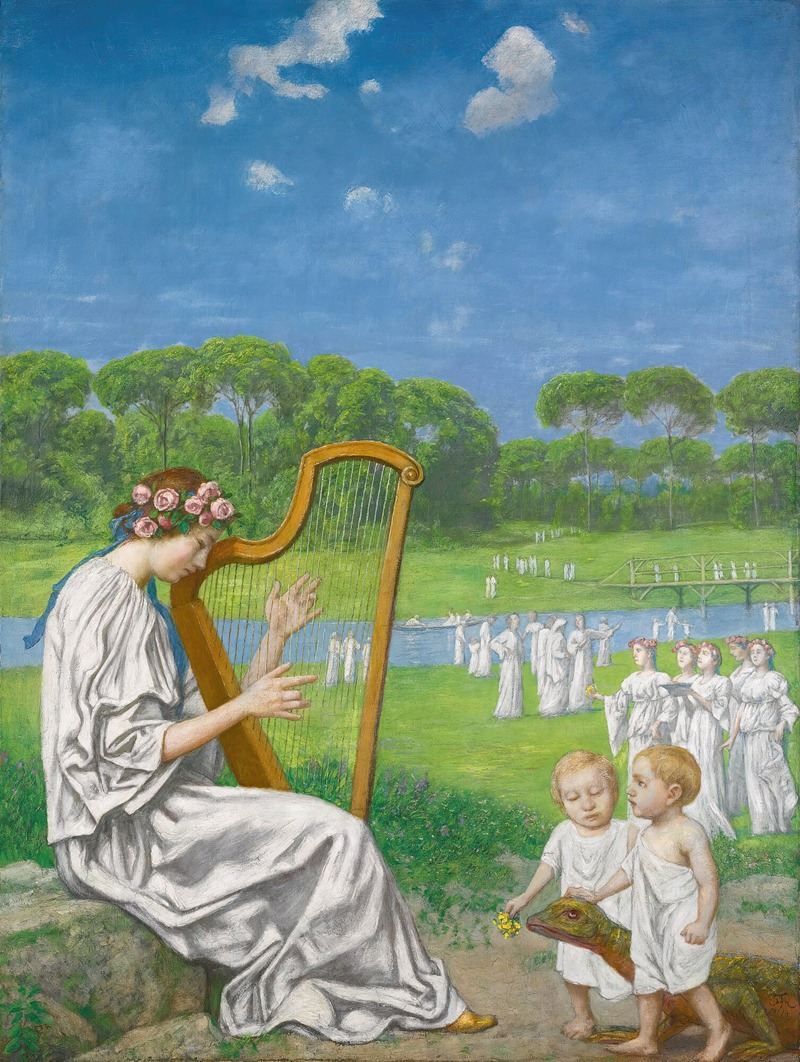
Frühlingsmelodie
A hand-painted replica of Hans Thoma’s masterpiece Frühlingsmelodie, meticulously crafted by professional artists to capture the true essence of the original. Each piece is created with museum-quality canvas and rare mineral pigments, carefully painted by experienced artists with delicate brushstrokes and rich, layered colors to perfectly recreate the texture of the original artwork. Unlike machine-printed reproductions, this hand-painted version brings the painting to life, infused with the artist’s emotions and skill in every stroke. Whether for personal collection or home decoration, it instantly elevates the artistic atmosphere of any space.
Hans Thoma was a German painter born on October 2, 1839, in Bernau in the Black Forest. He is known for his landscapes, portraits, and genre paintings, often imbued with a sense of romanticism and a connection to nature. Thoma's work is characterized by a detailed and realistic style, often reflecting the influence of the German Romantic movement and the Nazarene movement, which sought to revive honesty and spirituality in art.
"Frühlingsmelodie" (translated as "Spring Melody") is one of Thoma's notable works, though specific details about this painting are not extensively documented in widely available sources. Thoma's oeuvre often includes themes of nature and the changing seasons, which are reflective of his deep connection to his native Black Forest and his appreciation for the natural world. This thematic focus is consistent with the title "Frühlingsmelodie," suggesting a celebration or depiction of spring.
Thoma's artistic journey began with his studies at the Karlsruhe Academy of Fine Arts, where he was influenced by the teachings of Johann Wilhelm Schirmer and Ludwig des Coudres. His early work was marked by a focus on landscapes, which remained a central theme throughout his career. After his formal education, Thoma spent time in Düsseldorf and Paris, where he was exposed to various artistic movements and styles, including the Barbizon School, which emphasized plein air painting and the depiction of natural light.
In 1874, Thoma moved to Munich, where he became associated with the Munich Secession, a group of artists who sought to break away from the traditional academic art scene. This period marked a significant development in his style, as he began to incorporate more symbolism and allegorical elements into his work. Thoma's paintings from this time often feature idyllic scenes that blend realism with a sense of myth and fantasy.
Thoma's work gained recognition in the late 19th and early 20th centuries, and he became a respected figure in the German art world. In 1899, he was appointed as a professor at the Städelsches Kunstinstitut in Frankfurt, where he influenced a new generation of artists. His contributions to art were acknowledged with several awards and honors, including the Pour le Mérite for Sciences and Arts.
While specific information about "Frühlingsmelodie" is limited, it can be inferred that the painting likely embodies Thoma's characteristic style and thematic interests. His works often capture the beauty and tranquility of nature, infused with a sense of harmony and balance. Thoma's ability to convey the essence of the natural world and its seasonal transformations is a testament to his skill as a painter and his deep appreciation for the environment.
Hans Thoma passed away on November 7, 1924, in Karlsruhe, leaving behind a legacy of art that continues to be celebrated for its beauty and emotional depth. His paintings remain an important part of German art history, reflecting the cultural and artistic currents of his time.





